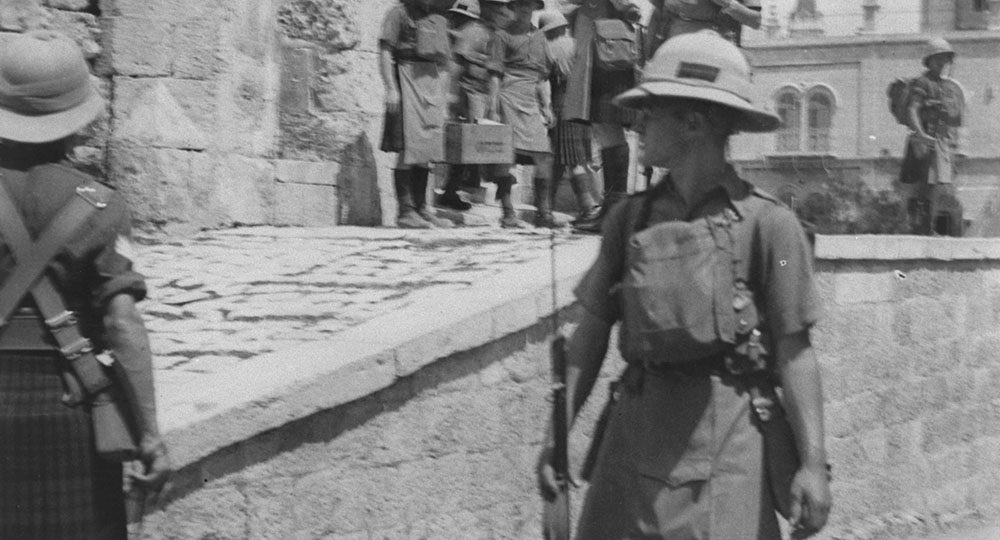


On October 6, 1973, 40 years ago, Israel was wrapped in prayer shawls, observing the holiest of Jewish religious observances, the Day of Atonement (Yom Kippur). Radio was silenced...
The call of Abraham in Genesis 12 is one of the most significant events in the biblical record. Although there is no way to know when the patriarch was born, scholars place his birth around...
For centuries people have argued over who has the legitimate claim to the land known today as Israel. The Arab-Israeli conflict has raged for decades, with both sides claiming exclusive rights...
World War I (1914–1918) changed the map of the old Ottoman Empire in the Middle East. The region was split into two great sections. The northern half went to France (the French Mandate)...
Israeli Prime Minister Benjamin Netanyahu is convinced the phrase “2,000 years of exile” is inaccurate. It is used to describe the almost 2,000-year dispersion of the Jewish people between...